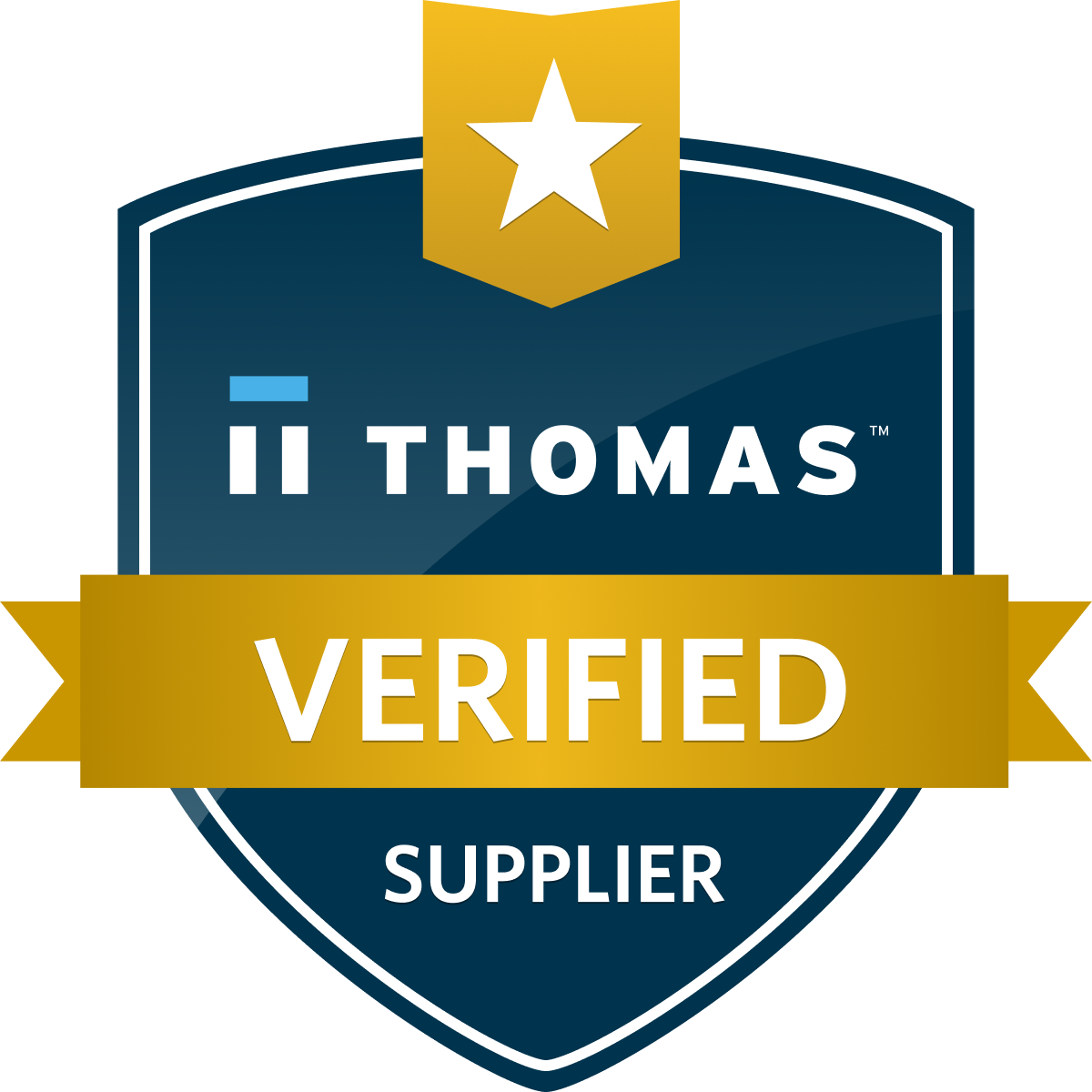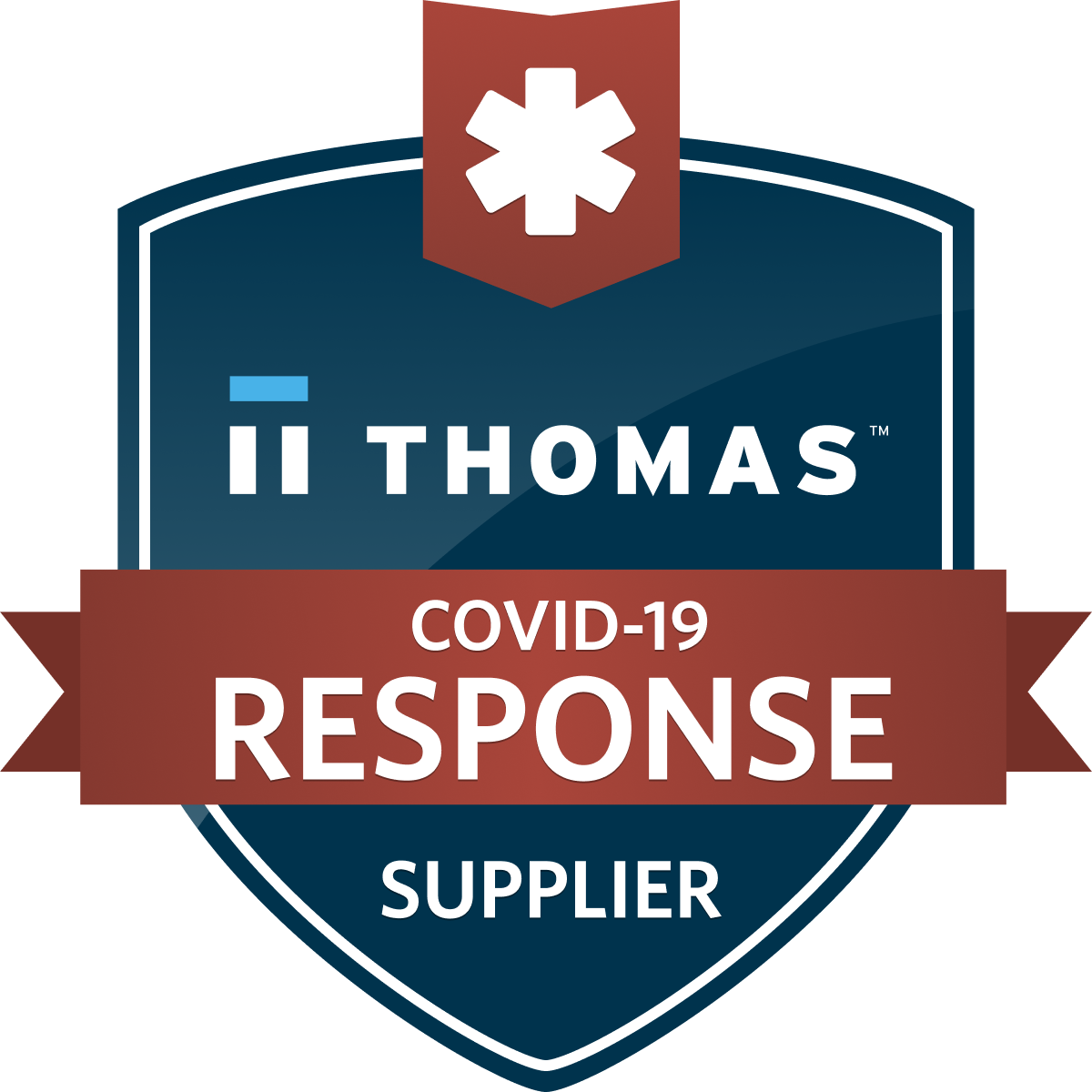Products
- Card Edge Connectors
- RECTANGULAR CONNECTORS
- D-Sub Connectors
- Machined D-Sub Connectors
- Power Combo D-Sub Connectors
- Parallel Port D-Sub Connectors
- Waterproof D-Sub Connectors
- DB9 Connector
- DB15 Connector
- DB25 Connector
- Vertical PCB D-Sub Connector
- D-Sub Panel Cut-outs
- Cable Wire D-Sub Connector
- PCB D-Sub Connector
- Right-angle PCB D-Sub Connector
- Backshells or Hoods, and Caps for D-Sub Connectors
- D-Sub Connector Housings
- D-Sub Connector Contacts
- Modular & Magnetic Jacks
- USB Connectors
- HDMI Connectors
- INLINE CONNECTORS
- HEADER CONNECTORS
- Spring Loaded Connectors
- Waterproof Connectors
- Cable Assemblies
- Custom Connectors
Engineering Connectors for Industrial Automation
Industrial automation refers to the use of various technologies, control systems, and computer software to automate tasks, processes, and operations in industrial settings. One of this field’s major themes is the necessity for machines that produce the mechanical motions required to increase efficiency, productivity, and safety in industries that involve manufacturing production and other processes. Systems subject to constant motion within an industrial environment come with a litany of design criteria shaped by regulatory and safety standards to ensure these devices do not cause undue harm to personnel. Beyond these considerations is the added layer of complexity that comes with the environmental strains inevitable in industrial facilities.
This article delves into the engineering considerations for connectors in industrial automation applications. It first looks at the key components within these systems, the potential stressors of this environment, and, finally, precisely what connectors EDAC offers to help sidestep some of these issues.
Key components in industrial automation and their connectors
As discussed earlier, industrial robots and motion control systems are the cornerstone of industrial automation (Figure 1); this includes motors, industrial drives, and actuator solutions used within systems such as robotic arms, conveyor belts, pulleys, and CNC machines at the field level. Precision mechanical operations are governed by their control systems by employing programmable logic controls (PLCs) and data acquisition (DAQ) systems for an automated factory solution. Data from various sensors (e.g., optical, magnetic, thermal, acoustic) and actuators (e.g., magnetic valves, motor starter, power switches) for monitoring and control/performing various safety-related functions (e.g., automatic shutdown) is collected at the control level with PLCs, remote terminal units (RTUs), and industrial control system (ICS) servers/controllers. At the plant level, several servers (connectivity, aspect, application, third-party application servers) and monitoring stations are used to view and control plant operations at a high level. At this level, operators can interact with human-machine interfaces (HMIs) to implement commands to control equipment.
Figure 1: An automated vacuum impregnation system seals porosity in metal castings to extend the overall life of the part. Image Source: Wikipedia
At the field level, traditional fieldbus technologies often serve as the backbone to communicate with I/O modules, PLCs, sensors, actuators, motors, etc. Newer alternatives such as industrial Ethernet (IE) are now being adopted due to the increase in speed, bandwidth, connection distance, and ability to connect with more nodes. Various IE protocols include EtherCAT, EtherNet/IP, PROFINET, POWERLINK, SERCOS III, CC-Link IE, and Modbus TCP. Large installations of connectors and cabling are necessary to create a robust supervisory control and data acquisition (SCADA) system with high redundancy and low latencies for tight control of time-sensitive devices. To be readily programmed and integrated within industrial networks, control modules will generally use D-subminiature (D-sub) and ethernet connectors. HMIs will often employ USB, D-sub, or ethernet connections for power and communication. All of these cable assemblies come with their design considerations as the industrial environment can be quite unforgiving.
Potential stressors in the industrial environment
Mechanical strains
Mechanical stress on electronic components close to the moving part is a major concern as constant vibration alone is known to cause a degradation in electrical performance and failure. A phenomenon known as fretting corrosion can occur when the metal surfaces, such as the ones found in connector heads between connector pins, are constantly rubbing against one another — eventually exposing unprotected metal surfaces that will react more easily with their environment and oxidize (corrode).
However, vibration is technically the oscillations of an object about an equilibrium position; it is therefore only one form of repetitive displacement or mechanical strain a connector or cable can undergo. There is also the potential for tensile forces to be exerted on the electronic component, such as within a six-axis robotic arm; these machines require cable sleeving that ensures the wiring to and from the servos and tools to and from the end effector, wrist, elbow, and shoulder are not over-exerted with excessive bends and potential kinking during operation. This issue can lead directly to issues at the joint between the connector head and the cabling where the crimped/soldered connections will experience more strain.
When faced with vibrational, torsional, and tensile strain, connectors can easily dislodge, causing intermittent connections and even potentially disconnect. To prevent this, it is important to use connectors with a high retention strength that incorporate a locking mechanism that cannot easily be reversed (e.g., threading, screw-locks, bayonet, latches). The potential for abrasion is also a potential problem on plant floors where people, equipment (e.g., rolling racks, forklifts), and even mobile robots such as automated guided vehicles (AGVs) and autonomous mobile robots (AMRs) might subject cable installations to high shear forces. Oftentimes, cables are armored with a corrugated metal tube for protection against this type of strain.
Connectors might also be subjected to frequent mates, an aspect of industrial automation that must be accounted for as this can directly impact the fidelity of the connection. Connector datasheets will specify the maximum number of mating cycles where performance is guaranteed.
Environmental strain
Industrial applications can come with their share of environmental stressors — from hot and cold temperature extremes to exposure to various contaminants including dust, moisture/humidity, and chemicals such as oils and hydraulic fluid. Machines close to equipment venting hot air consistently or even more extreme — a blast furnace — will require high-temperature insulators so that the integrity of the connector housing is not degraded.
Different materials will also exhibit varying coefficients of thermal expansion, which could cause electrical issues at the interface between different materials (e.g., metal-to-metal, metal-to-insulator). Moisture and dust are also necessary to protect against industrial environments. Dust can act as an unwanted insulator between connector pins, causing unwanted signal attenuation. Moisture and chemical ingress can cause corrosion — a signal that the component has reached the end of its life. Corrosion must be avoided by ensuring that mates are watertight so that no contaminants can seep into the “cracks” of the connection. Typically, ingress protection ratings are necessary to ensure a level of moisture and dust protection.
Electrical strain
Uninterruptible power supplies (UPS), motors, transformation, and switched-mode power supplies (SMPS) are all sources of unwanted electromagnetic interference (EMI) that often populate the plant floor. Designers can unknowingly cause their sensitive electronic equipment to conduct this noise through the connected cabling. Shielded cables and connectors with metal shells can be employed to ensure this does not occur. Another aspect to consider is the overloading of equipment and connections with transients. High-powered industrial equipment can demand high currents to function; large motors are often associated with large inrush currents that can damage equipment; and lightning strikes can cause unwanted surges. The connectors and cables must be rated to handle these transients.
How can EDAC help?
EDAC offers several ruggedized connectors found within the industrial automation equipment. As shown in Figure 2, a series of waterproof connectors is offered with ratings up to IP67. This is accomplished through EDAC’s E-seal technology, where a proprietary epoxy sealing process seals the entire back of the connector rather than at individual pins. In wire-to-panel applications, an additional o-ring reliably seals these connector shells to the panel. These mates are entirely dust-tight and can withstand temporary immersions in water — a quality that prevents any potential damage from dust or humidity (and even some chemical exposure) on the plant floor. Many of these connectors are found within several industrial automation applications from D-subs in PLCs to USB and HDMI connectors in industrial HMIs. The power D-sub connectors offer pin configurations with current ratings of up to 40 amps for higher-powered circuits. Power combo D-sub connectors combine power and signal pins within the familiar D-sub connector interface.
Figure 2: Waterproof HDMI, inline, USB, power combo D-sub, and standard D-sub connectors offered through EDAC.
Plant machinery such as robots may require cable harnesses to distribute power and data connections to different systems. Inline connectors are an ideal solution for these machines, as these connections are relatively immune to environments with high motion. The connector heads can feature a double-latch locking mechanism with a high retention strength to prevent unwanted disconnections from tensile and torsional strain found in environments that yield high vibration and high flexure to cable assemblies.
Measurement racks and control systems that track and monitor machinery or other equipment that might require a high number of signal connections with hundreds of pins might employ a rack and panel or rectangular connector. EDAC’s rectangular connectors feature a unique hermaphroditic design where two fork-shaped pins mate for a gas-tight connection resistant to vibration. Additional metal covers provide both dust and EMI protection.
The edacJAX family of modular jacks (Figure 3) is available and manufactured to industry standards to establish an ethernet connection. These are offered in single and ganged versions, as well as shielded versions that ground the connector directly to the chassis ground for further customizability. EMI protection can be further improved with the magnetic jack connector that integrates up to 10 discrete components to save PCB real estate, decrease system noise, and enable higher-speed protocols (1000BASE-T).
Figure 3: EDAC magnetic jack connectors include impedance-matching transformers, two LEDs, four termination resistors, a high-voltage capacitor, and, often, common mode chokes for better noise performance.
Conclusion
Industrial automation hosts an array of machinery to accomplish mechanical tasks with high precision. Sensors, actuators, I/O modules, and various controllers are required to work in harmony to ensure smooth plant operation. All of these parts rely on high-fidelity connections that can withstand the various mechanical, environmental, and electrical strains of their environment. EDAC offers several connectors that are well-suited to these applications, ensuring a long connector life.
Go Back











